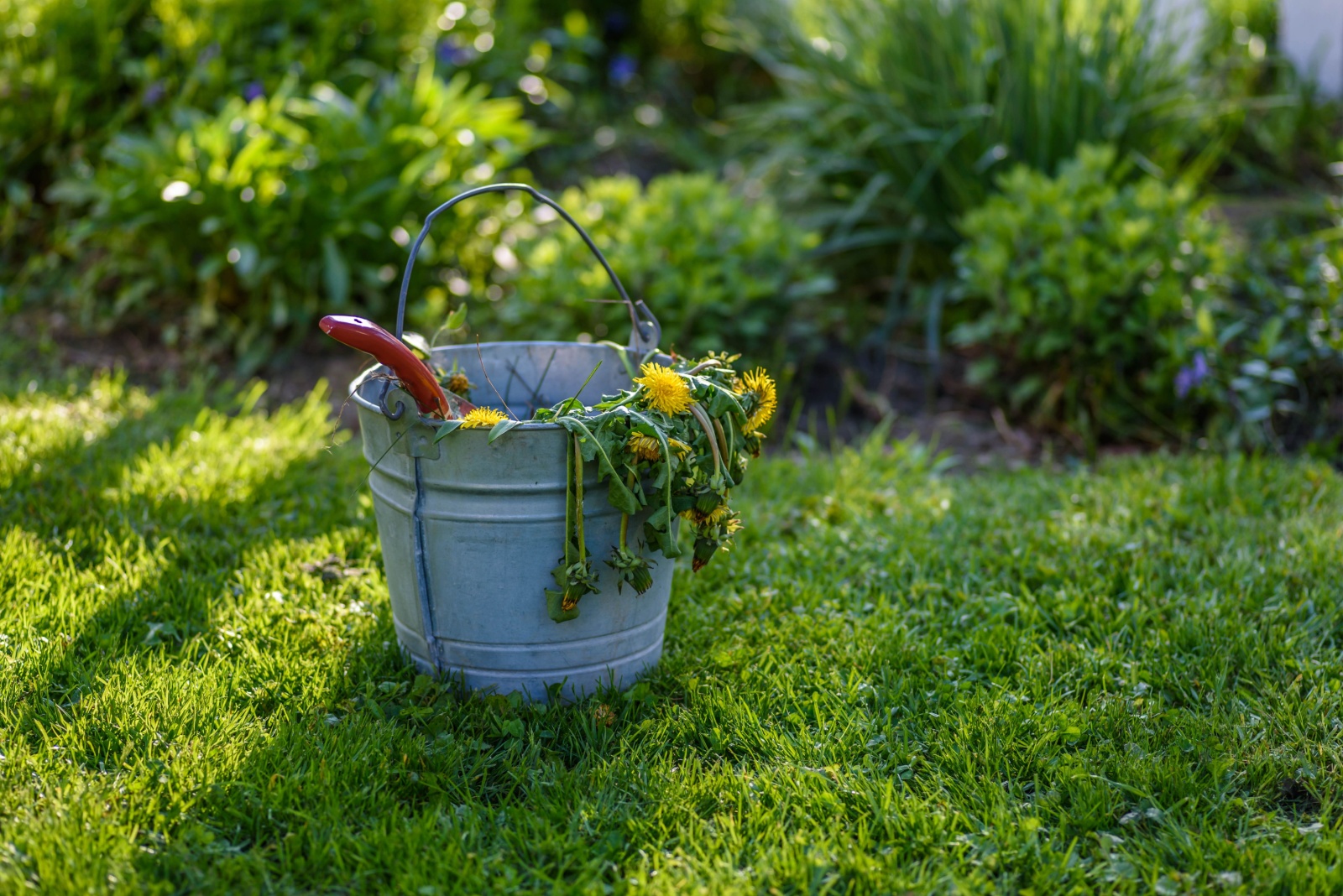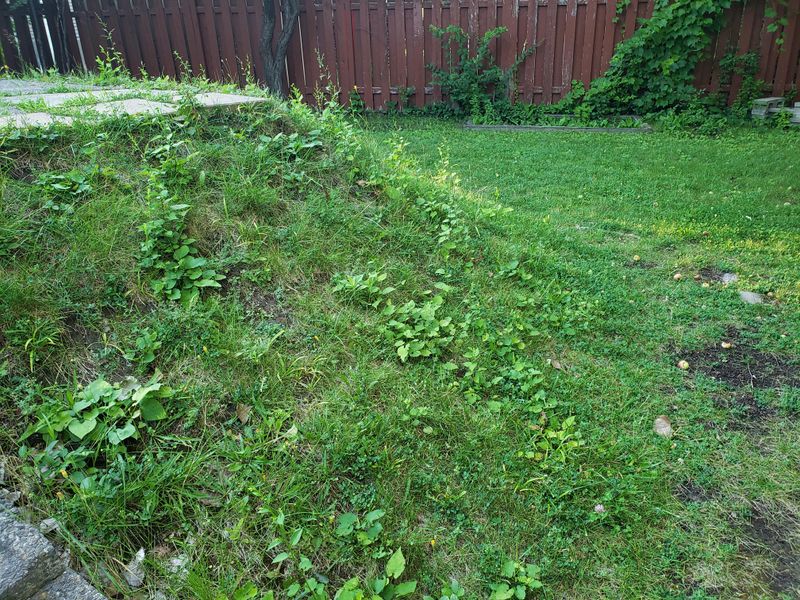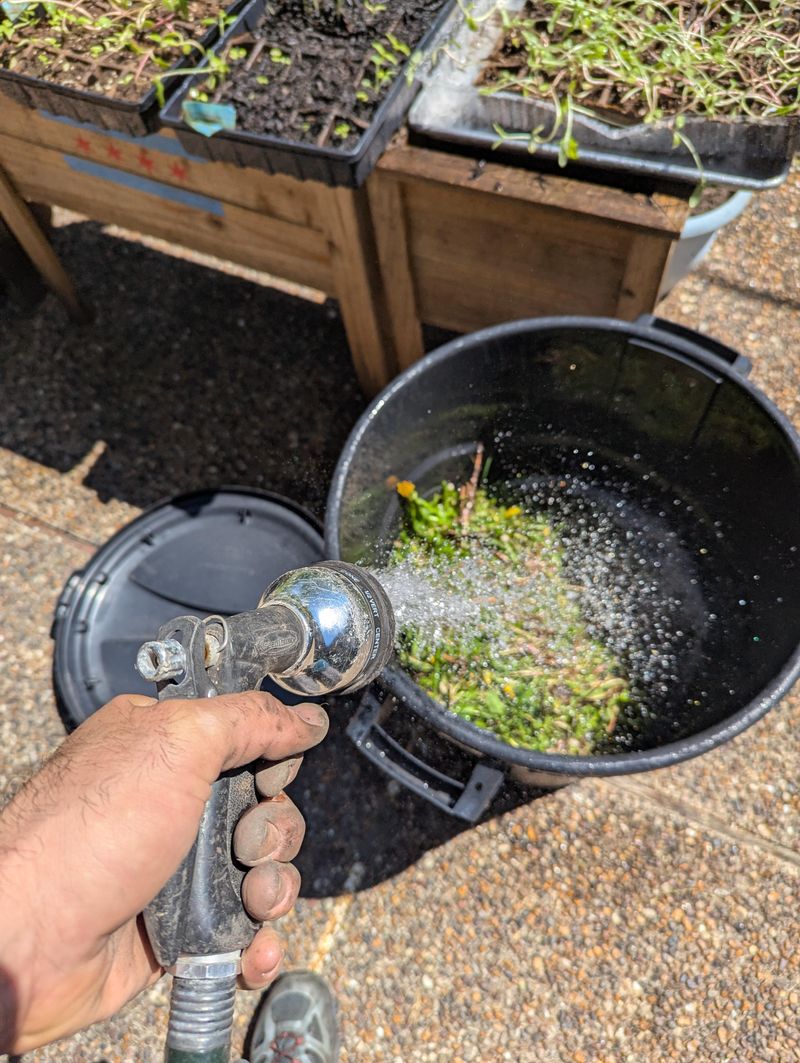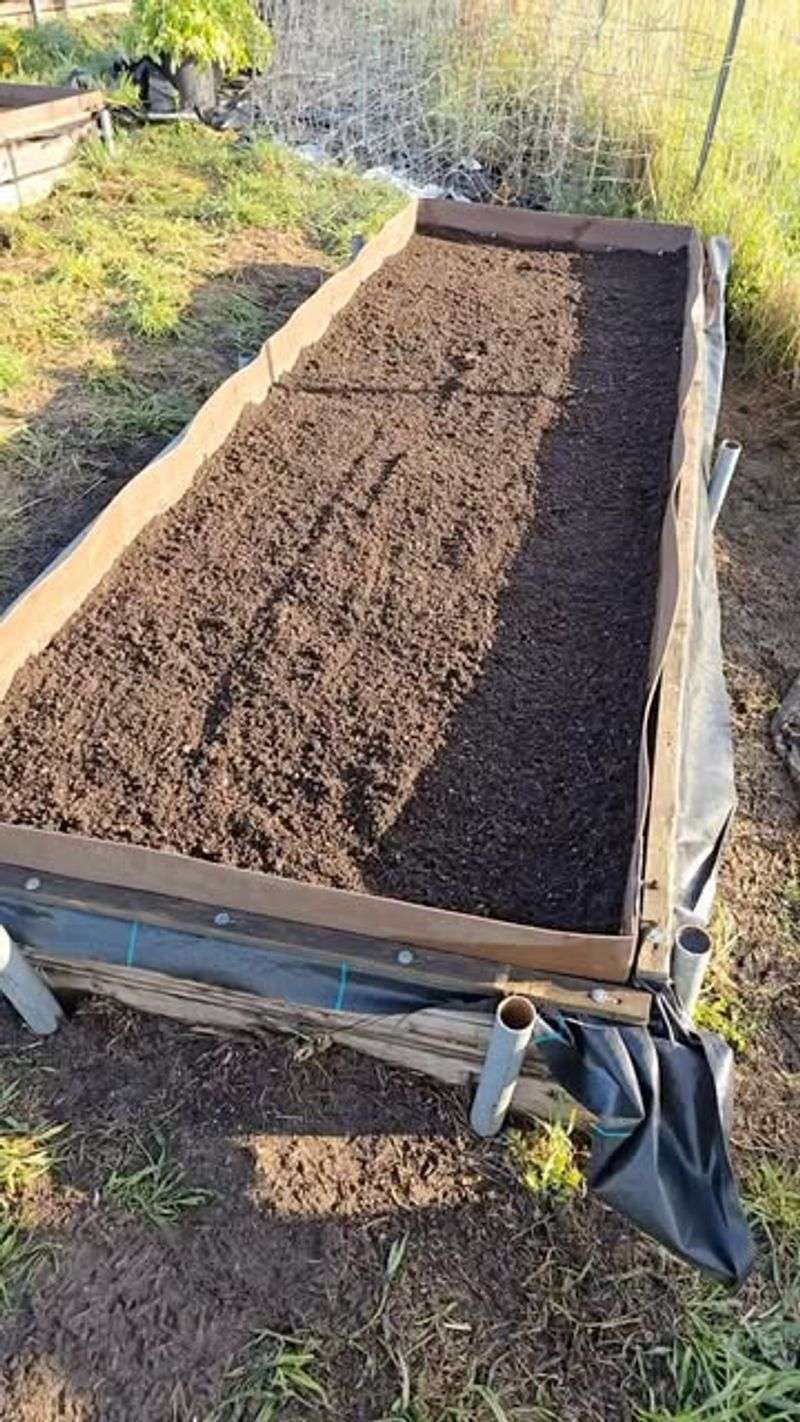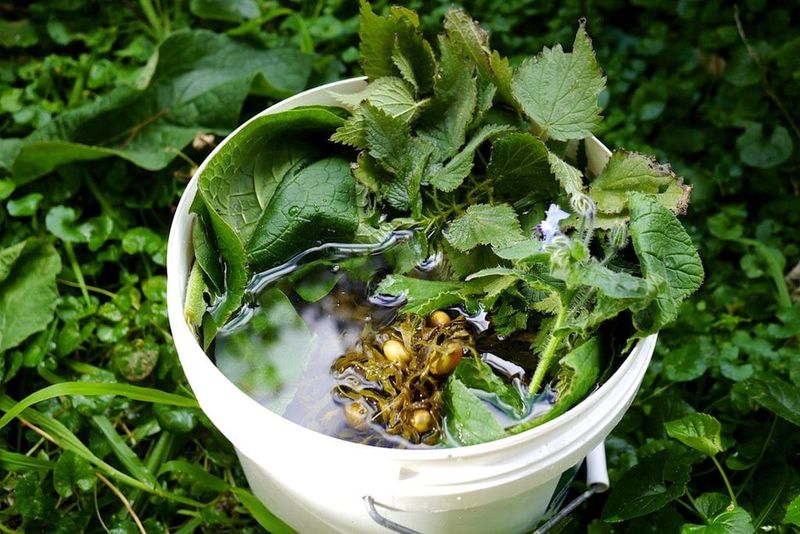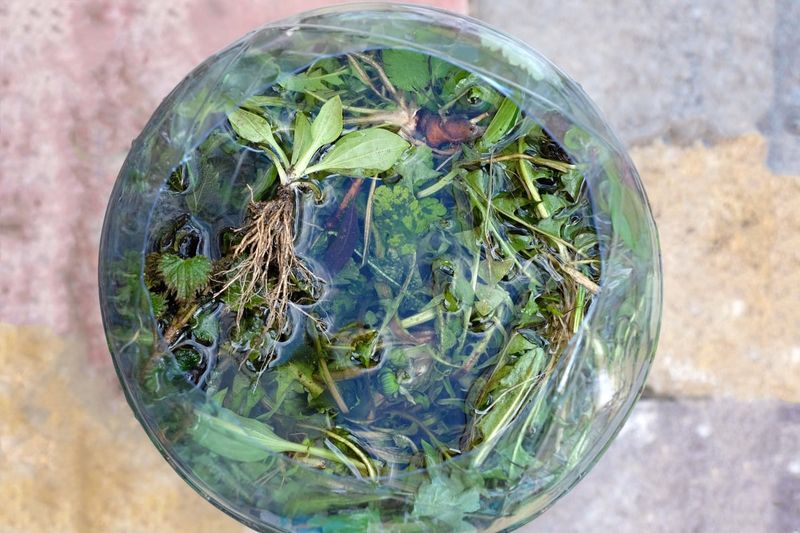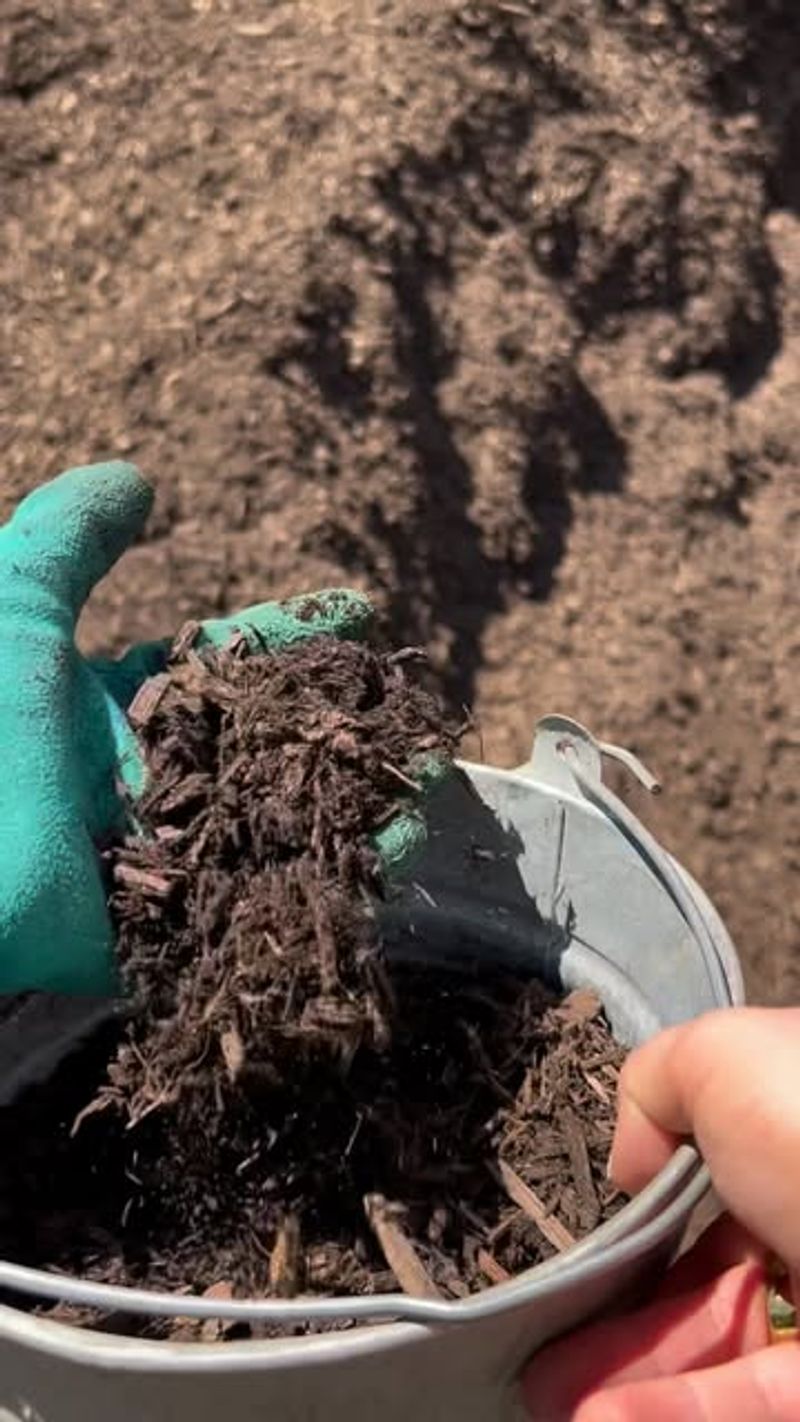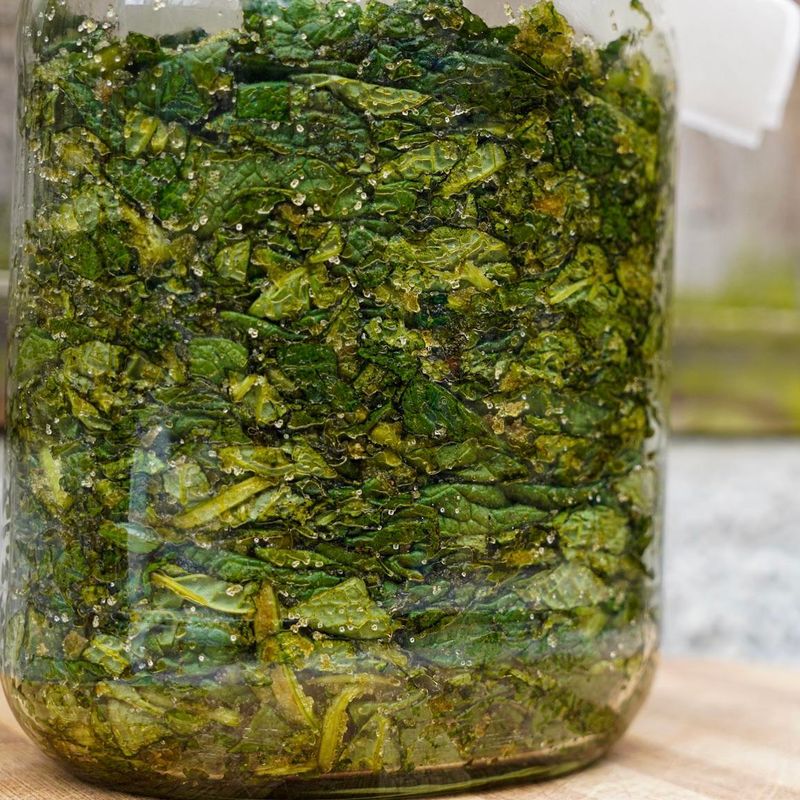Florida’s warm, humid climate gives weeds a year-round invitation to take over our gardens. They pop up fast and spread even faster. But instead of battling them nonstop, why not put them to work?
Many common Florida weeds are packed with nutrients they’ve already pulled from the soil. Turning them into homemade fertilizer is a smart, sustainable move. It’s good for your plants—and your wallet.
With just a few steps, you can recycle these garden intruders into something truly beneficial. It’s a simple way to boost soil health and reduce waste. Let’s turn those pesky weeds into garden gold.
1. Identifying Nutrient-Rich Florida Weeds
The weeds growing in your Florida yard aren’t just annoying invaders—they’re potential plant food! Some of the most nutritious options include dollar weed, Spanish needle, and purslane.
I’ve found that purslane contains more omega-3 fatty acids than many fish oils, making it exceptionally beneficial for soil health. When collecting weeds, focus on younger plants before they’ve gone to seed.
In my Tampa garden, I’ve noticed that weeds growing near water sources often contain higher mineral concentrations, perfect for fertilizing hungry vegetable plants.
2. Creating Weed Tea Brew
Weed tea is my go-to fertilizer during hot Florida summers. Fill a 5-gallon bucket halfway with chopped weeds, then add water until it’s nearly full.
Cover the bucket with a loose-fitting lid and let it ferment for 2 weeks, stirring every few days. The resulting dark liquid might smell unpleasant, but your plants will love it!
Last July, my struggling hibiscus transformed after just three applications of diluted weed tea. For best results, dilute the finished tea with water at a 1:10 ratio before applying.
3. Fast-Track Compost With Weed Boosters
Weeds can supercharge your compost pile when added correctly. Chop them finely and mix with brown materials like dried leaves or cardboard in layers.
The high nitrogen content in Florida weeds like pigweed and lamb’s quarters accelerates decomposition. My compost typically finishes in half the time when I incorporate these green powerhouses!
Just remember to avoid adding weeds with mature seed heads or aggressive spreaders like Brazilian pepper. I learned this lesson the hard way after accidentally creating a weed nursery in my vegetable garden.
4. Sun-Dried Weed Meal For Slow-Release Feeding
Turn those pesky Florida weeds into powerful plant food by creating dried weed meal. Spread freshly pulled weeds on a tarp in our intense Florida sunshine and let them completely dry out for several days.
Once crispy, run them through a wood chipper or use pruning shears to create fine pieces. This dried material can be worked directly into garden beds or sprinkled around plants as a slow-release fertilizer.
The sandy soils common throughout Florida benefit tremendously from this added organic matter. I’ve watched my previously struggling citrus trees develop darker leaves after incorporating weed meal into their root zones.
5. Liquid Gold From Soaked Weeds
Unlike fermented weed tea, this quick-soak method creates an immediately usable fertilizer. Fill a bucket with nutrient-dense Florida weeds like Spanish needle and cover with rainwater.
Place a brick on top to keep everything submerged and let it soak for just 24-48 hours. The resulting light-colored liquid contains readily available nutrients for your plants.
During our rainy season, I keep a bucket going constantly, replacing weeds weekly. My container-grown herbs respond particularly well to this gentle feeding method, showing noticeably improved growth within days of application.
6. Mulching With Weed Layers
Florida’s intense heat can quickly dry out garden beds, but weed mulch offers an effective solution. Pull weeds before they seed, then lay them directly around plants with roots facing up.
The layer should be about 2-3 inches thick, allowing the weeds to dry out while protecting soil moisture. As they break down, they release nutrients directly into the root zone.
In my Orlando garden, this method has dramatically reduced water needs during our dry spring months. Just avoid using this technique with weeds that can regrow from stems or roots, like dollarweed or bermudagrass.
7. Fermenting Weed-Based Plant Boosters
Some Florida weeds make exceptional specialized fertilizers when fermented with added ingredients. Combine nutrient-rich weeds like purslane with crushed eggshells and a tablespoon of molasses in a sealed container.
After fermenting for three weeks, strain and dilute the concentrated liquid. This mixture provides calcium from the eggshells plus the diverse minerals accumulated by the weeds.
My tomatoes growing in Florida’s calcium-deficient soils showed remarkable improvement after I started using this specialized booster. The fruits developed thicker walls and suffered far less from blossom end rot compared to previous seasons.

